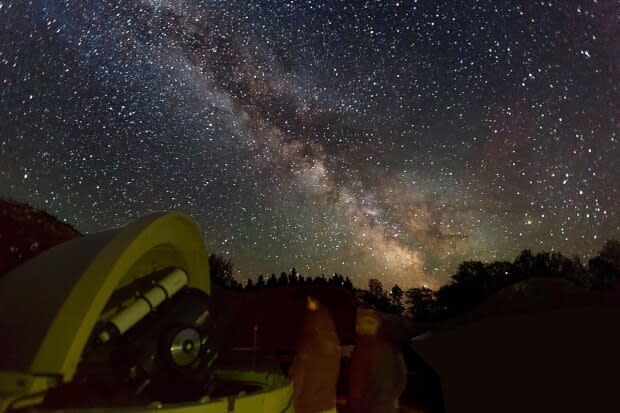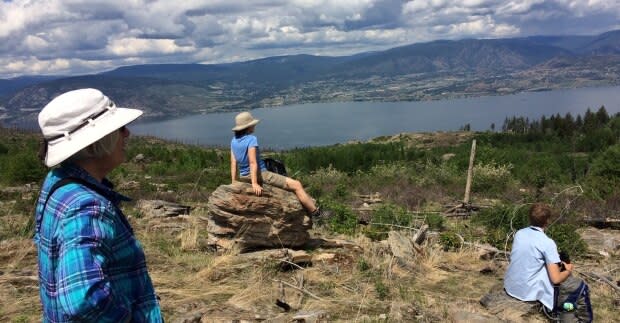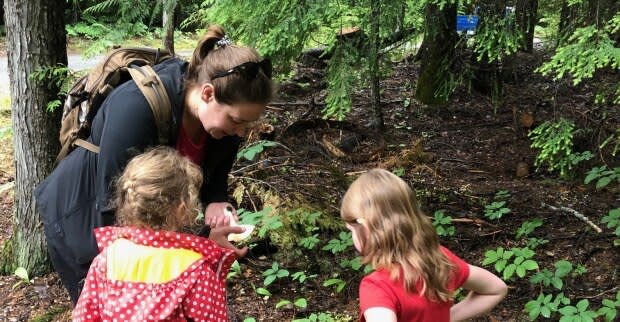Star light, star bright: Rare designation sought to keep Kelowna park dark
As encroaching development adds to the nighttime glow over Kelowna, a regional parks supervisor is leading an initiative to protect a space where Kelowna residents and visitors can see the stars.
Isabella Hodson wants the Royal Astronomical Society of Canada (RASC) to designate a 405-hectare park just south of the city as a dark-sky preserve.
"It's preserving the night sky not only for astronomers, but also for regular people to just go out and look up at the sky and see what the sky is supposed to look like," Hodson told Chris Walker, the host of CBC Radio's Daybreak South.
On Nov. 14, the Regional District of the Central Okanagan voted to support the application for designating the Johns Family Nature Conservancy Regional Park.
Hodson's enthusiasm for dark-sky preserves came from working in one for the Alberta parks system.
She managed the dark-sky festival for Beaver Hills Dark Sky Preserve and taught classes of Grade 6 students who came to learn about the concept.

After moving to the Okanagan two years ago to work as the RDCO's supervisor of community relations and visitor services, she recognized the Johns Family Nature Conservancy Regional Park's potential as "kind of a perfect place" for a preserve.
Two other dark-sky preserves are certified by the RASC in British Columbia, at Cattle Point in Victoria and McDonald Park in the Fraser Valley.
Hodson said a night sky preserve can help educate the public about the harms of light pollution, not just on human health but also species such as tiger salamanders, which are nocturnal feeders.

"Having lights from the neighbouring community on it, it's actually not knowing that it's dark and it's time to hunt," she said. "So, instead of spending eight hours a night hunting, it may only spend four hours a night hunting. And so, it's actually going to have a shorter life and it won't be able to meet its needs."
Hodson expects the application process will take the next 18 months. The requirements will include repositioning the only light in the park to point downward instead of up and outward.
"We'd have to figure out a few observation sites as well, which are kind of prime viewing areas for the public," Hodson said.

With files from Daybreak South and Deborah Wilson


